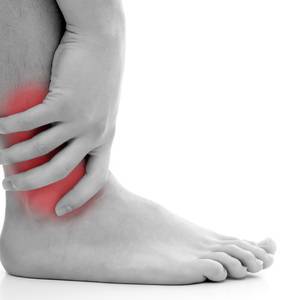
Applying something hot or cold to an injury can work wonders, from reducing inflammation to alleviating pain. However, it’s not a case of picking and choosing which one to use, as getting it wrong could exacerbate the condition. Thankfully, our physiotherapists are highly skilled at distinguishing which type of therapy will benefit the injury.
Heat therapy
If the area is aching or the muscle is strained, heat treatment will help by causing blood vessels to dilate, thereby improving circulation. In turn, this brings more oxygen and nutrients to the area, speeding up the healing process whilst soothing the pain through a pleasant warming sensation.
Chronic problems, such as arthritis, muscle spasms and stiff joints, can benefit from heat therapy. It makes sense when you think about it: if your bones and muscles are aching, the last thing you want is a cold shower!
Safety
- Do not apply the heat directly to the skin.
- Wrap the heat source in a towel and gently hold against the skin. The area should only be warm and never hot.
- Use heat for no longer than 15 minutes and allow 60 minutes between applications. This allows the skin to return to a normal temperature in between.
- If an electric heat source is used, make sure to set the timer or automatic shut off in order to prevent burns from prolonged application.
Cold therapy
New injuries, such as the likes of a sprained ankle and recently strained muscles, or swelling and inflammation, will most likely be aided by cold therapy.
The reduction in localised temperature causes the blood vessels to constrict. This results in the opposite effect that heat therapy has, as blood circulation will decrease in the area being treated. A drop in blood flow reduces further swelling and inflammation, whilst the coldness has a numbing effect on the pain.
Safety
- Do not apply ice directly to the skin.
- Ice works well when applied through moisture so wrap it in a damp towel or cloth, and hold against the injured area.
- Use ice for no longer than 15 minutes and allow 60 minutes between applications. This allows the skin to return to a normal temperature in between.
Rule of thumb
Taking the above into account, if the problem will be aided by increased blood flow (aches, stiffness), apply heat. If the problem is due to physical trauma (swelling and recently strained muscles) and will benefit from a reduced blood flow, apply cold.
